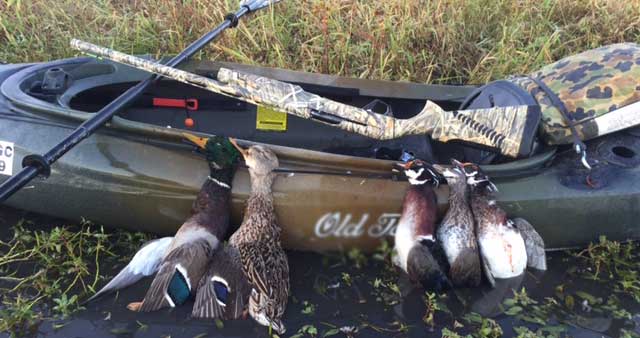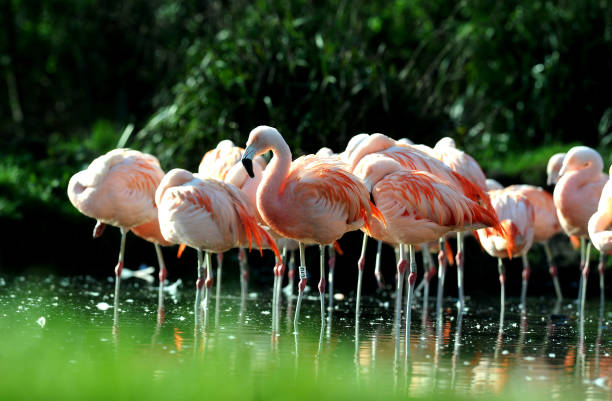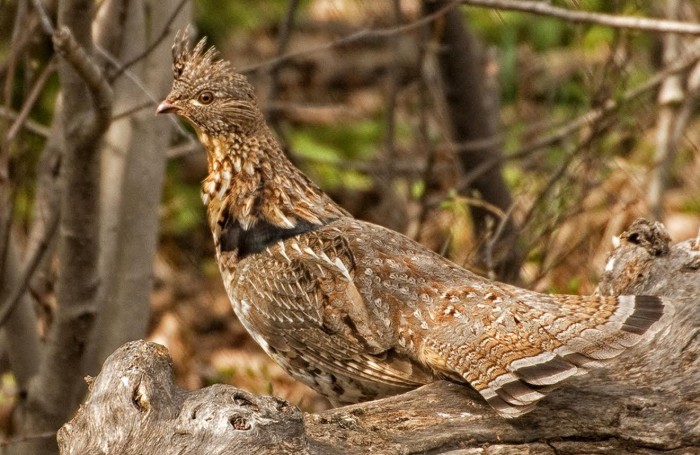Turkey hunting is one of the most exciting types of hunting. There’s nothing compared to perfecting your call baiting skills and bagging that big Tom gobbler. We are very fortunate to have an abundance of turkey hunting tips that right here in Mississippi.
Turkey Hunting Tips & Techniques
If you have done your homework, you should know the roost and strut locations of ole Tom. First thing is to be quitely in the woods before sun-up and approximately 100-150 yards of the roost if possible. The closer the better, just take extreme caution that you don’t scare Tom off his roost, now sit down and shut up.
Remember the old saying “patience is a virtue”? Well, if you call yourself a turkey hunter, you better have plenty of patience. It will pay the dividends of a big beard!

Soft calling will more than likely stimulate the gobblers interest. Start with purrs and soft cackles. If this doesn’t seem to be working, then step up the volume on intermediate yelps. You just have to be careful not to use your calls excessively and too loud as to scare off ole Tom. So remember to start soft and if need be work your way up to more forceful louder calls.
You want to be able to be in a position to take a good shot at the turkey. When shooting the turkey, you will want to aim for the head. Don’t attempt to shoot a gobbler in a swagger. Waiting until the gobbler comes out of his swagger and extend his neck is the best time to make a clean shot. Although you may have to give him a few cackles to make him come out of his swagger and extend his neck to see what’s there to take your shot.
Fall vs Spring Turkey Hunting
Fall Hunting:
You will find flocks of turkeys gathered in the fall. The flock count can range from about a dozen up to a hundred turkey. Grassy fields will be the most likely food source and where the flocks can be located by the hunter.
Food sources for the growing and mature turkey are blackberries, acorns, beechnuts so if you know where any of these food sources are abundant, you should be able to locate flocks easily.
Hunting the fall turkey is quite different, in that you will need to approach the flocks and scatter the turkeys in every direction. Once the flock has been broken, you should then locate yourself at the breakpoint and begin calling the birds to re-flock.
Early morning is the best time. By early morning, this means pre-dawn. The hunter is able to create a good break and should be able to easily call back a bird for a good shot.
Spring Hunting:
Pre-hunting preparation is also required for spring hunting. The fall hunter needs to be aware of food sources, whereas the spring hunter needs information on roosting and strutting zones.
The most effective hunt for the spring gobbler requires the hunter to locate the gobbler on roost before sun-up and effectively calling the bird into range.
If you have done your homework and place yourself near strutting and feeding places, you should be able to call up ole Tom without too much trouble.
Remember “Patience is a virtue”!



